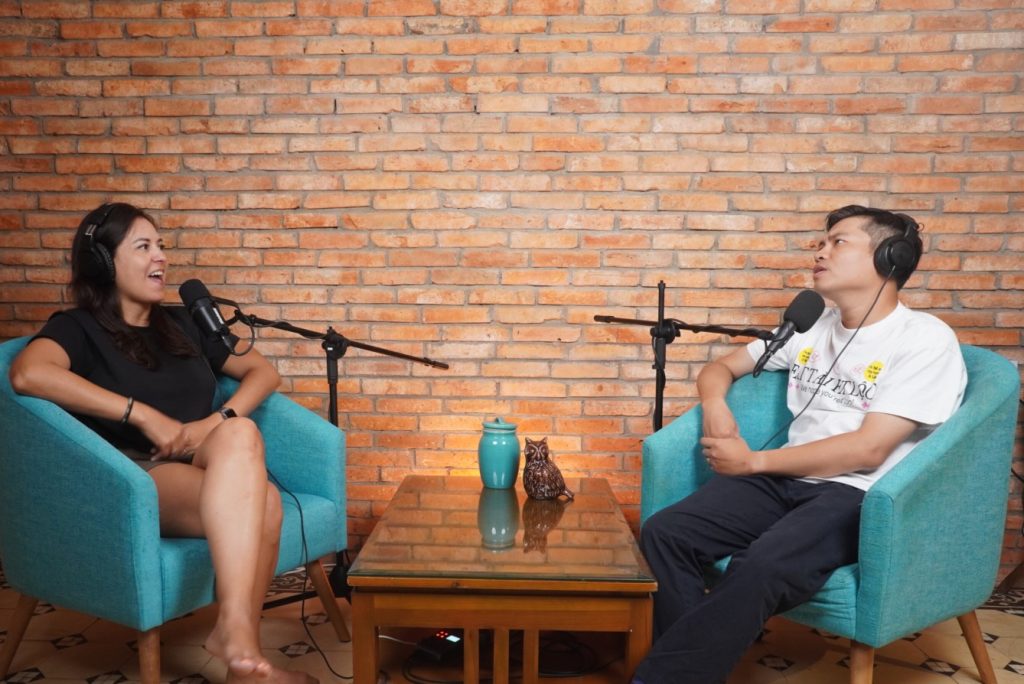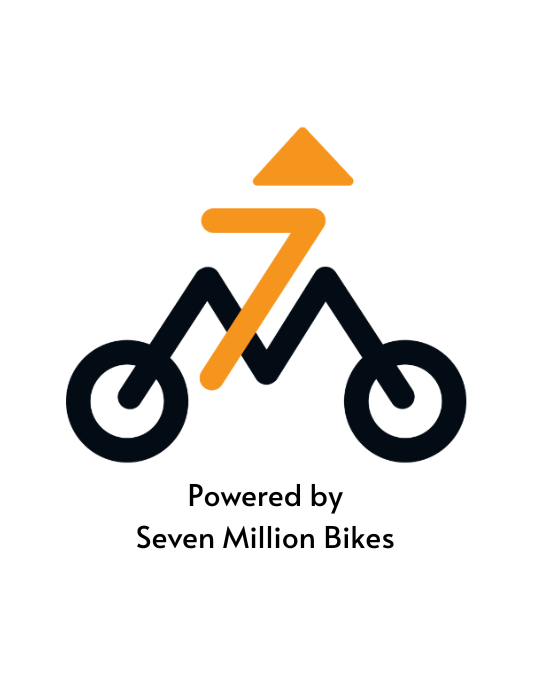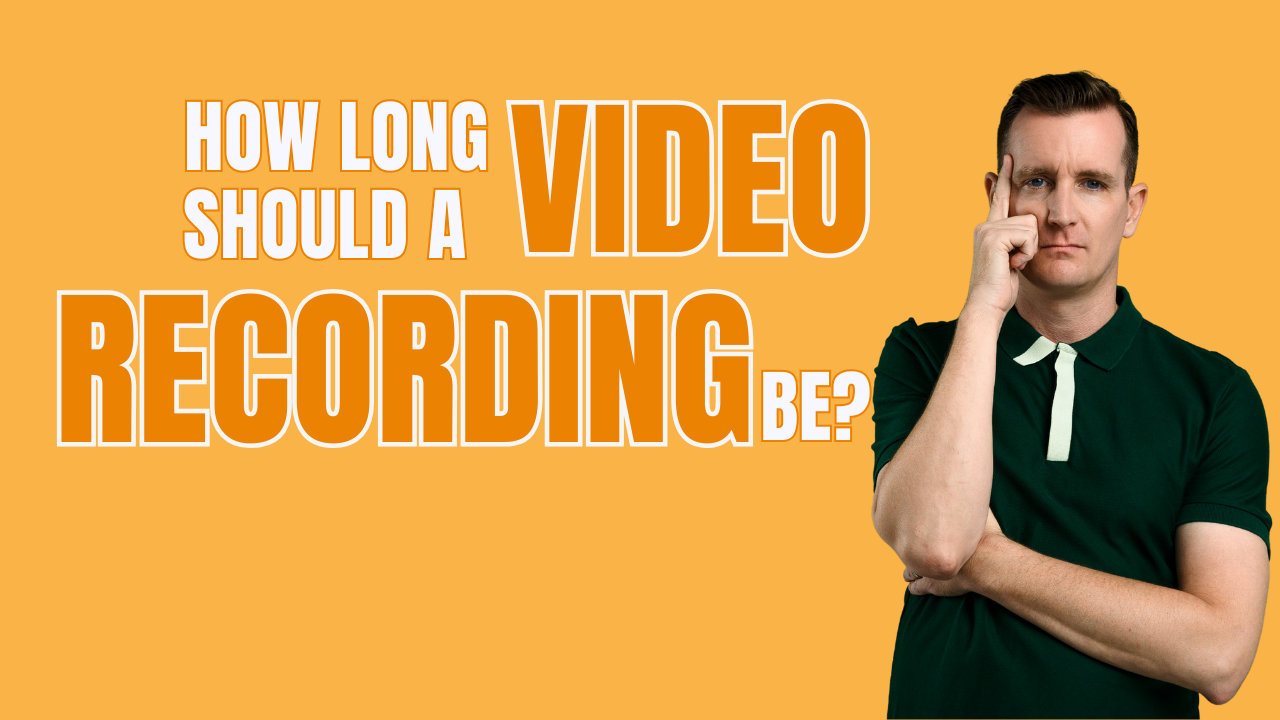Now, with video podcasts on YouTube and Spotify, creators must think about both listening time and watch time. Viewers don’t just want good conversations; they want an engaging experience that looks and sounds professional.
There isn’t a single “ideal length” for everyone. The right answer depends on your format, your audience, and even where you record.
So, how long for a video recording? In this article, I’ll share what really matters when deciding your video podcast episode’s ideal length. We’ll look at benchmarks, the pros and cons of short vs. long episodes, and tips to keep viewers engaged no matter what.
Table of Contents
Why Length Matters More for Video Podcasts
In audio podcasting, listeners often multitask. They’ll tune in while driving, cooking, or exercising. That makes it easier to hold attention for 30, 45, or even 60 minutes.
But in video podcasting, things are different. Watching requires focus. If your video doesn’t grab attention quickly, viewers will click away to the next thing.
Here’s why episode length matters more for video:
- Shorter attention spans: Viewers have less patience for long content unless it’s visually and emotionally engaging.
- Platform algorithms: On YouTube and Spotify, the algorithm rewards watch time. The longer people watch, the more the platform recommends your video to others.
- Quality signals: Viewers judge not only the conversation but also the production value — things like camera angles, lighting, and audio.
That’s why investing in production quality is just as important as deciding how long to record. At our studio, we provide multi-camera setups, professional lighting, and editing support. These tools help you keep your audience watching longer, whether your video podcast is 15 minutes or 90 minutes.
Key Factors That Determine Ideal Video Podcast Length
There’s no single rule for podcast duration. The ideal length for a video podcast episode depends on several factors:
1. Platform
- YouTube: The sweet spot is often 20–40 minutes for interviews or talk shows. Viewers enjoy depth, but drop-off rates rise after 45 minutes unless your content is really strong.
- Spotify Video Podcasts: Longer formats work, but you still need to capture attention early. Episodes between 30–60 minutes perform well.
- TikTok / Instagram Reels / Shorts: Here, the goal is discovery. Clips from 30 seconds to 5 minutes can go viral and bring new people into your podcast funnel.
By choosing the ideal length for each platform, you can easily promote your podcast on social media to for better engagement.
2. Audience Expectations
- Casual viewers: These people have short attention spans. They’re looking for highlights or quick tips in 10–20 minutes.
- Niche or loyal fans: If your podcast serves a dedicated community, they may happily watch episodes of 60+ minutes if the topic is valuable.
3. Format
- Solo updates or quick tips: Best kept short — 5 to 15 minutes.
- Interviews: 20 to 60 minutes, depending on depth and guest.
- Roundtables or storytelling: Often 40 minutes or more, since these formats need time to unfold.
4. Production Quality
Good visuals keep people engaged. Even if your content is long, viewers are more likely to stick around if your video looks and sounds professional. Multiple camera angles, clean audio, and well-lit spaces make a huge difference.
Data & Benchmarks for Video Podcasts
Let’s look at some numbers to guide your decision:
- Average podcast length (audio): Around 38 minutes.
- YouTube podcasts: Popular shows often run 20–40 minutes.
- Shorter clips (5–10 minutes): Perform well for discovery and social sharing.
- Long-form (60+ minutes): Effective for loyal audiences, but require strong production quality to hold attention.
Examples:
- The Joe Rogan Experience is famous for its long episodes (often 2–3 hours), but it works because of Rogan’s brand and huge audience.
- On the other hand, many YouTube creators find success with 15–25 minute episodes, which balance depth and viewer retention.
Short vs. Long Video Podcasts: Pros & Cons
Our studio can also help you repurpose a 60-minute recording into short clips for TikTok, Instagram, or YouTube Shorts — maximizing both reach and engagement.
Short-form (5–20 minutes):
- ✅ Easier for new viewers to try.
- ✅ High retention rates.
- ✅ Great for repurposing into clips.
- ❌ Hard to dive deep into complex topics.
Medium length (20–40 minutes):
- ✅ Balances depth with attention span.
- ✅ Fits YouTube and Spotify algorithms well.
- ✅ Works for most interview and solo formats.
- ❌ Requires tighter editing to avoid filler.
Long-form (60+ minutes):
- ✅ Perfect for loyal fans and in-depth conversations.
- ✅ Can establish authority in your niche.
- ❌ Risk of drop-off if production quality is low.
- ❌ Harder to edit and repurpose.
How to Keep Viewers Watching
No matter how long your episode is, keeping viewers engaged is the real challenge. Here are some practical video podcast recording tips:
- Start strong: Hook viewers in the first 60–90 seconds with a story, question, or bold statement.
- High audio and video quality: Poor quality can turn your listeners away, so make sure to record and edit your video properly.
- Use multiple camera angles: This avoids visual fatigue and makes the conversation feel dynamic.
- Break into chapters: Add timestamps or overlays so viewers can skip to the parts they care about.
- Add B-roll and graphics: Simple text overlays or cutaway shots keep things visually interesting.
- Pacing matters: Cut out filler and keep the conversation moving.

At our studio, we don’t just record — we also provide multi-camera setups and editing services. Plus, we offer a reels and shorts package, so you can turn one recording into many pieces of content that attract new viewers across platforms.
More tips for an attractive video: Best Camera Settings For Podcast
Conclusion – How Long For A Video Recording?
There’s no one-size-fits-all answer to the question: how long for a video recording? The ideal length for a video podcast episode depends on your audience, your format, and the platform you publish on. Short episodes are great for discovery. Medium-length shows balance, engagement, and depth. Long-form works for loyal fans but requires higher production quality.
Vietnamese Version
Thời Lượng Quay Video Podcast Bao Lâu Là Lý Tưởng? 4 Yếu Tố Quan Trọng
Ngày nay, khi video podcast ngày càng phổ biến trên YouTube và Spotify, người làm podcast không chỉ cần quan tâm đến thời lượng nghe, mà còn cả thời lượng xem. Người xem không chỉ muốn nghe một cuộc trò chuyện hay, mà họ còn muốn được trải nghiệm một video chuyên nghiệp, sinh động, và chất lượng cao.
Vậy thời lượng lý tưởng để quay một video podcast là bao lâu?
Không có con số “chuẩn” cho tất cả mọi người — câu trả lời phụ thuộc vào định dạng chương trình, đối tượng khán giả, và nơi bạn quay.
Bài viết này sẽ giúp bạn hiểu rõ điều gì thực sự quan trọng khi quyết định độ dài phù hợp cho mỗi tập video podcast. Chúng ta sẽ cùng xem xét các yếu tố ảnh hưởng, ưu – nhược điểm của từng độ dài, và cách giữ chân người xem lâu hơn.
Vì Sao Thời Lượng Quan Trọng Hơn Với Video Podcast?
Khi nghe podcast, khán giả có thể vừa nghe vừa làm việc khác — lái xe, nấu ăn, tập thể dục… Vì thế, họ có thể tập trung trong 30, 45, thậm chí 60 phút.
Nhưng khi xem video, câu chuyện hoàn toàn khác. Người xem cần tập trung vào cả hình ảnh và âm thanh, nên nếu video không đủ hấp dẫn trong vài phút đầu, họ sẽ rời đi ngay.
Vì sao thời lượng lại đặc biệt quan trọng với video:
- Thời gian chú ý ngắn hơn: Người xem ít kiên nhẫn hơn, trừ khi nội dung của bạn thực sự cuốn hút cả về hình và tiếng.
- Thuật toán nền tảng: Trên YouTube và Spotify, video có tỷ lệ xem lâu hơn (watch time) sẽ được đề xuất nhiều hơn.
- Chất lượng hình ảnh và âm thanh: Ngoài nội dung, người xem đánh giá cả góc quay, ánh sáng, và âm thanh — những yếu tố tạo nên cảm giác “chuyên nghiệp”.
Vì vậy, nếu bạn muốn quay podcast chuyên nghiệp, đầu tư vào thiết bị và không gian quay cũng quan trọng không kém việc quyết định thời lượng.
Tại Saigon Podcast Studio, chúng tôi hỗ trợ setup nhiều camera, ánh sáng chuẩn, và hậu kỳ video hoàn chỉnh, giúp bạn giữ chân khán giả dù video dài 15 phút hay 90 phút.
4 Yếu Tố Quyết Định Thời Lượng Video Podcast Lý Tưởng
Không có công thức chung, nhưng bạn có thể dựa vào 4 yếu tố sau để xác định thời lượng phù hợp nhất.
1. Nền tảng đăng tải
- YouTube: Thời lượng lý tưởng cho các buổi phỏng vấn hoặc talk show thường là 20–40 phút. Dưới 20 phút thì hơi ngắn, trên 45 phút thì tỷ lệ người xem rời đi bắt đầu tăng.
- Spotify Video Podcast: Các tập dài hơn (30–60 phút) vẫn hiệu quả, miễn là phần mở đầu đủ cuốn hút.
- TikTok / Instagram Reels / YouTube Shorts: Đây là nền tảng khám phá, nên clip 30 giây – 5 phút là hoàn hảo để thu hút khán giả mới.
👉 Gợi ý: Bạn có thể quay một buổi dài, sau đó cắt ra nhiều clip ngắn để đăng mạng xã hội — đây là cách hiệu quả để tăng lượt xem và nhận diện thương hiệu.
2. Kỳ vọng của khán giả
- Người xem thông thường: Thích những tập ngắn gọn, tầm 10–20 phút, đi thẳng vào nội dung.
- Người hâm mộ trung thành hoặc khán giả chuyên sâu: Họ sẵn sàng xem 60 phút trở lên, nếu nội dung có giá trị và chân thực.
3. Định dạng podcast
- Solo (một người chia sẻ): 5–15 phút là hợp lý.
- Phỏng vấn: 20–60 phút, tuỳ độ sâu của câu chuyện.
- Bàn tròn, storytelling: Thường 40 phút trở lên vì cần thời gian phát triển chủ đề.
4. Chất lượng sản xuất
Video càng đẹp, người xem càng ở lại lâu hơn. Dù nội dung dài, nếu hình ảnh sáng, âm thanh rõ, góc quay linh hoạt — họ vẫn bị cuốn hút.
Tại podcast studio ở Sài Gòn, chúng tôi hỗ trợ cài đặt camera khi quay podcast, sắp xếp ánh sáng và âm thanh chuẩn, giúp mỗi khung hình đều đẹp và tự nhiên nhất.
Dữ Liệu Tham Khảo Về Thời Lượng Video Podcast
- Trung bình podcast audio: Khoảng 38 phút.
- YouTube podcast phổ biến: 20–40 phút.
- Clips ngắn (5–10 phút): Rất hiệu quả để thu hút người xem mới.
- Dài trên 60 phút: Phù hợp cho người theo dõi trung thành, nhưng yêu cầu chất lượng quay chuyên nghiệp.
Ví dụ:
- The Joe Rogan Experience nổi tiếng với tập dài 2–3 tiếng, nhưng vẫn thu hút vì thương hiệu cá nhân mạnh.
- Trong khi nhiều podcaster YouTube thành công với tập 15–25 phút, vừa đủ sâu vừa dễ xem.
| Loại Video | Ưu điểm | Nhược điểm |
|---|---|---|
| Ngắn (5–20 phút) | Dễ tiếp cận, giữ chân người xem tốt, dễ chia sẻ lên mạng xã hội. | Khó đào sâu chủ đề. |
| Trung bình (20–40 phút) | Cân bằng giữa độ sâu và khả năng xem hết. Hợp với YouTube & Spotify. | Cần biên tập chặt, tránh dài dòng. |
| Dài (60+ phút) | Phù hợp với khán giả trung thành, tạo chiều sâu và uy tín. | Rủi ro người xem rời đi sớm nếu chất lượng quay không cao. |
Cách Giữ Chân Người Xem
Dù video của bạn dài hay ngắn, giữ sự chú ý của người xem mới là chìa khoá.
Dưới đây là vài mẹo chuyên nghiệp khi quay video podcast ở Sài Gòn hoặc bất kỳ đâu:
- Mở đầu thật mạnh: 60–90 giây đầu phải hấp dẫn — một câu hỏi, một câu chuyện, hoặc phát ngôn gây tò mò.
- Âm thanh & hình ảnh chuẩn: Hãy dùng micro và camera chất lượng, hoặc thuê studio podcast ở HCM nếu muốn tiết kiệm thời gian setup.
- Nhiều góc quay: Dùng 2–3 camera giúp video sinh động hơn.
- Chia chương (chapters): Giúp người xem dễ chọn phần họ thích.
- Thêm B-roll và caption: Hình phụ, text và hiệu ứng đơn giản giữ video hấp dẫn hơn.
- Tốc độ hợp lý: Biên tập gọn, tránh vòng vo.


